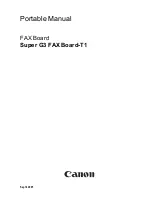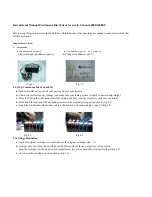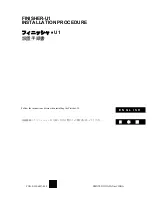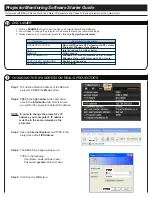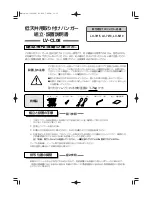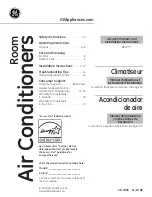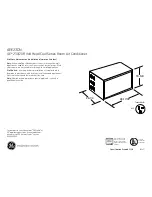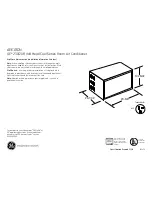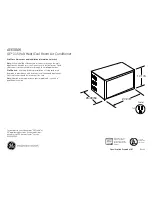
Checklist before starting operation
86
PRECAUTIONS FOR USE OF THE INVERTER
The converter unit and the inverter
are correctly connected.
• Make sure that terminal P/+ of the converter unit and terminal P/+ of the
inverter, and terminal N/- of the converter unit and terminal N- of the inverter
are correctly connected.
Connecting the opposite polarity of terminals N/- and P/+ will damage the
inverter.
Also, do not install an MCCB across terminals P/+ and N/- (across terminals
P and P/+ or across N and N/-).
• Always connect terminal RDA of the converter unit and terminal MRS (X10)
of the inverter, and terminal SE of the converter unit and terminal SD
(terminal PC for source logic) of the inverter.
Not connecting these terminals may damage the converter unit.
When using the electronic bypass
operation, electrical and mechanical
interlocks are provided between the
electronic bypass contactors MC1
and MC2.
When using a switching circuit as shown below, chattering due to mis-
configured sequence or arc generated at switching may allow undesirable
current to flow in and damage the inverter. Mis-wiring may also damage the
inverter.
(The commercial power supply operation is not available with vector control
dedicated motors.)
If switching to the commercial power supply operation while a failure such as
an output short circuit has occurred between the magnetic contactor MC2
and the motor, the damage may further spread. If a failure has occurred
between the MC2 and the motor, a protection circuit such as using the OH
signal input must be provided.
-
A countermeasure is provided for
power restoration after a power
failure.
If the machine must not be restarted when power is restored after a power
failure, provide an MC in the converter unit's input side and also make up a
sequence which will not switch ON the start signal. If the start signal (start
switch) remains ON after a power failure, the inverter will automatically
restart as soon as the power is restored.
-
When using vector control, the
encoder is properly installed.
The encoder must be directly connected to a motor shaft without any
backlash. (Real sensorless vector control do not require an encoder.)
A magnetic contactor (MC) is
installed on the converter unit's
input side.
On the converter unit's input side, connect an MC for the following purposes:
• To disconnect the inverter and the converter unit from the power supply at
activation of a protective function or at malfunctioning of the driving system
(emergency stop, etc.).
• To prevent any accident due to an automatic restart at power restoration
after an inverter stop made by a power failure.
• To separate the inverter and the converter unit from the power supply to
ensure safe maintenance and inspection work.
If using an MC for emergency stop during operation, select an MC regarding
the converter unit input side current as JEM 1038-AC-3 class rated current.
The magnetic contactor on the
inverter's output side is properly
handled.
Switch the magnetic contactor between the inverter and motor only when
both the inverter and motor are at a stop.
An EMI countermeasure is provided
for the frequency setting signals.
If electromagnetic noise generated from the inverter and the converter unit
causes frequency setting signal to fluctuate and the motor rotation speed to
be unstable when changing the motor speed with analog signals, the
following countermeasures are effective:
• Do not run the signal cables and power cables (inverter and converter unit I/
O cables) in parallel with each other and do not bundle them.
• Run signal cables as far away as possible from power cables (inverter and
converter I/O cables).
• Use shielded cables.
• Install a ferrite core on the signal cable (Example: ZCAT3035-1330 TDK).
-
Checkpoint
Countermeasure
Refer
to page
Check
by user
Inverter with
converter unit
MC2
MC1
U
V
W
R/L1
S/L2
T/L3
IM
Power
supply
Undesirable current
Interlock
Содержание FR-A842-07700
Страница 71: ...MEMO 70 ...
Страница 91: ...MEMO 90 ...































